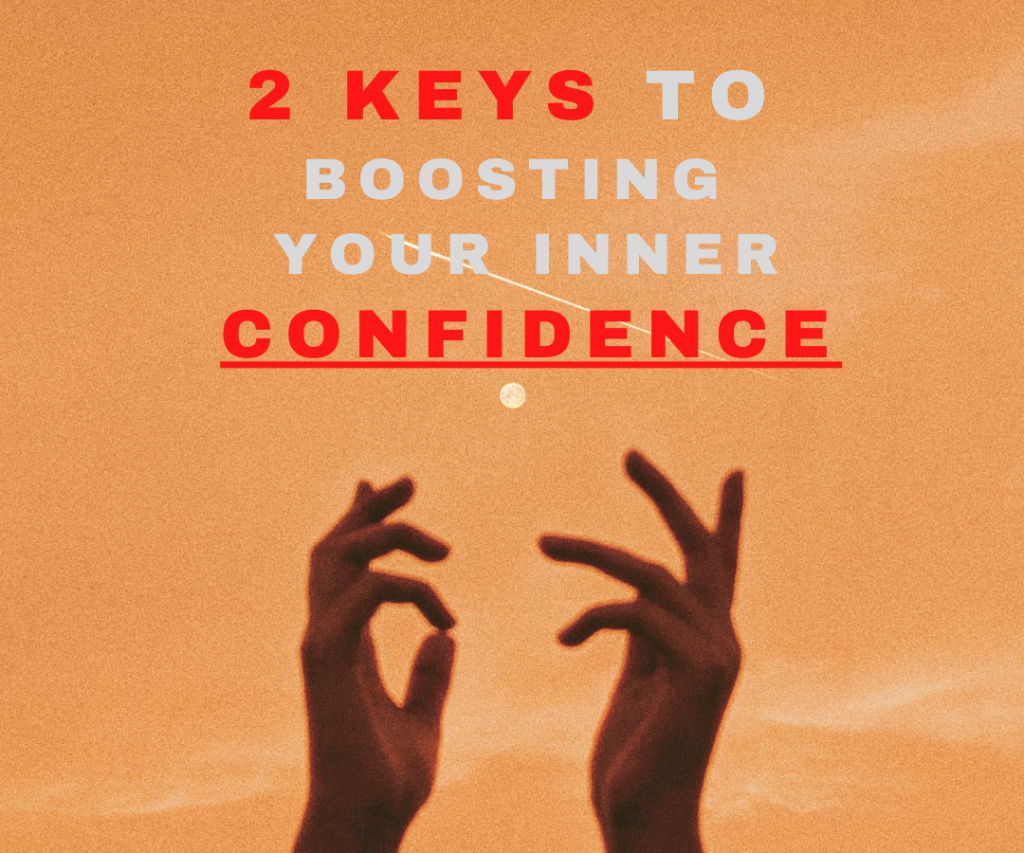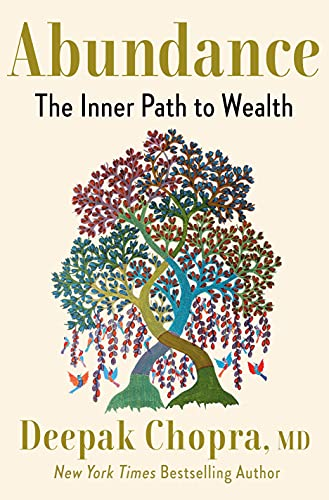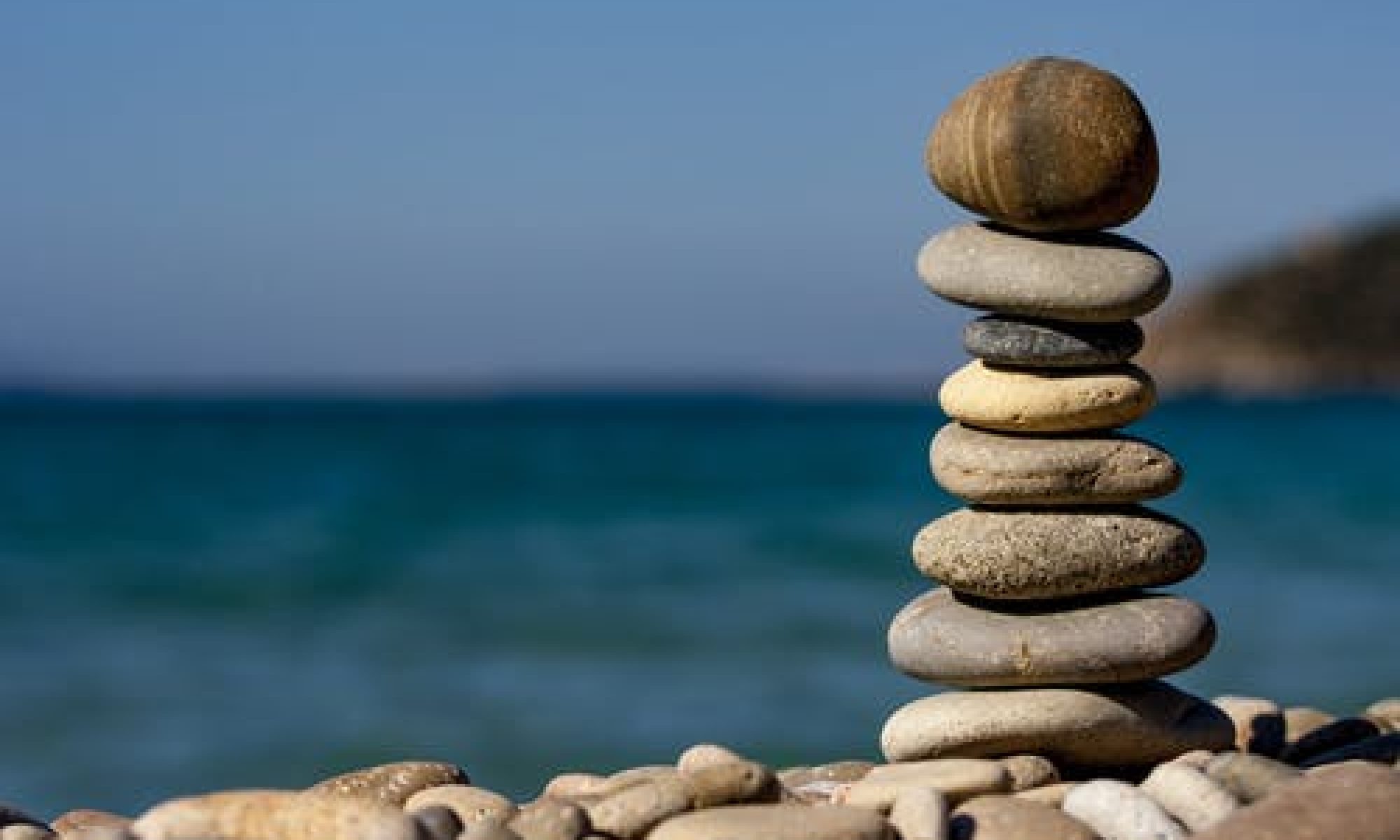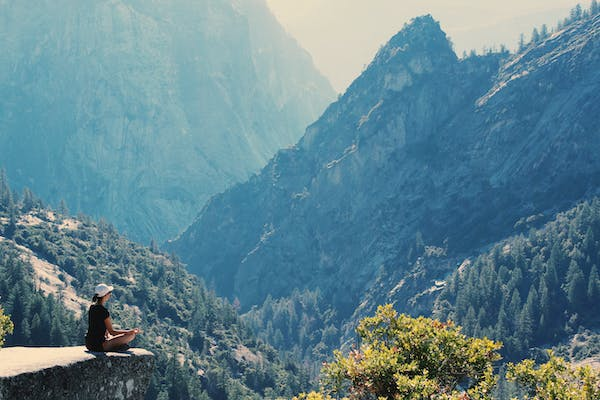
There are all kinds of strategies, ways of thinking, patterns of behavior and practical tips for improving your life and feeling better about yourself, but they’re all redundant if the foundation isn’t there. That foundation is the real you, the you that you know deep down you are. The trick is that it takes confidence to find that and to bring out who you are – here are three keys to real inner confidence.
- Get To Know Your Values
Personal values are one of the most important things you can know about yourself and are vital in getting genuine inner confidence. Your values are ten thousand feet down inside you, right at the very core of who you are, and they’re the building blocks, the foundations and cornerstone for you. A value is something in your self, in others or in the work that’s most important to you, and could include things like beliefs, progress, family, fun, nature, achievement or freedom.
What is it that some people and situations leave you feeling angry, frustrated, demotivated or delated? It’s because one or more of you values in being denied, suppressed or repressed – we experience that as a negative experience because it’s denying a fundamental piece of who you are. You know those times when you’ve felt really alive, amazing or buzzing? Those are the times when one or more of your values are being honored, and you can get more of that by living according to them.

Abundance – The Inner Path the Wealth – By Deepak Chopra
Your values are all yours, and no matter what happens, no one can ever take them away. You can have absolute confidence in them because they’re there all the time just waiting for you to notice and use them. When you get to know your values, you can start to make choices and align your life around them. It’s so simple and it feels amazing because all that realy means is that you’re allowing who you are to live in the real world.
2. Exercise the Muscle
Confidence is a muscle and like any muscle you need to exercise it so that it doesn’t shrink and waste away. The problem is that unlike your biceps or glutes, which tend to stay in the same place, your confidence muscle can be harder to to find. How do you develop your biceps or firm up your glutes? By doing exercises that are designed to work that muscle over a period of time until you see the results you were looking for.
It’s just the same with confidence. Let’s say that you’re the kind of person that doesn’t take many risks, the kind of person who goes through each day doing what needs to be done and doing it well, but not really stretching yourself. You might talk yourself out of doing something because it’s too scary or because you think to yourself “I’m not good enough. ‘that’s not who I am’ or “I don’t really want it anyway’. That kind of person lives within what they know and what keeps them safe and comfortable. The fewer risks they take, the less confident they need to be and so the less confident they become.
To work your confidence muscle you need to be prepared to take risks – big or small. You need to be willing to stretch yourself in an unfamiliar direction, to try something new or try something in a slightly different way. You need to open yourself up to the possibilities around you and push yourself to increase what you know, what you do and who you are. The more open you are to risk, opportunity and possibility the more confident you need to be, and so the more confidence you’ll develop. That’s you confidence muscle – the question sis, what are you going to do to exercise it?

Spiritual Nutrition: Six Foundations for Spiritual Life and the Awakening of Kundalini

Energy Medicine
KEEP WARM THIS WINTER – ALL HATS AND SCARVES – 27% OFF

KEEP WARM THIS WINTER – ALL HATS AND SCARVES – 27% OFF

Vitamin B Complex – Vegetarian

Vitamin D – Non GMO and Gluten Free

Eat Pray Love….by Elizabeth Gilbert









